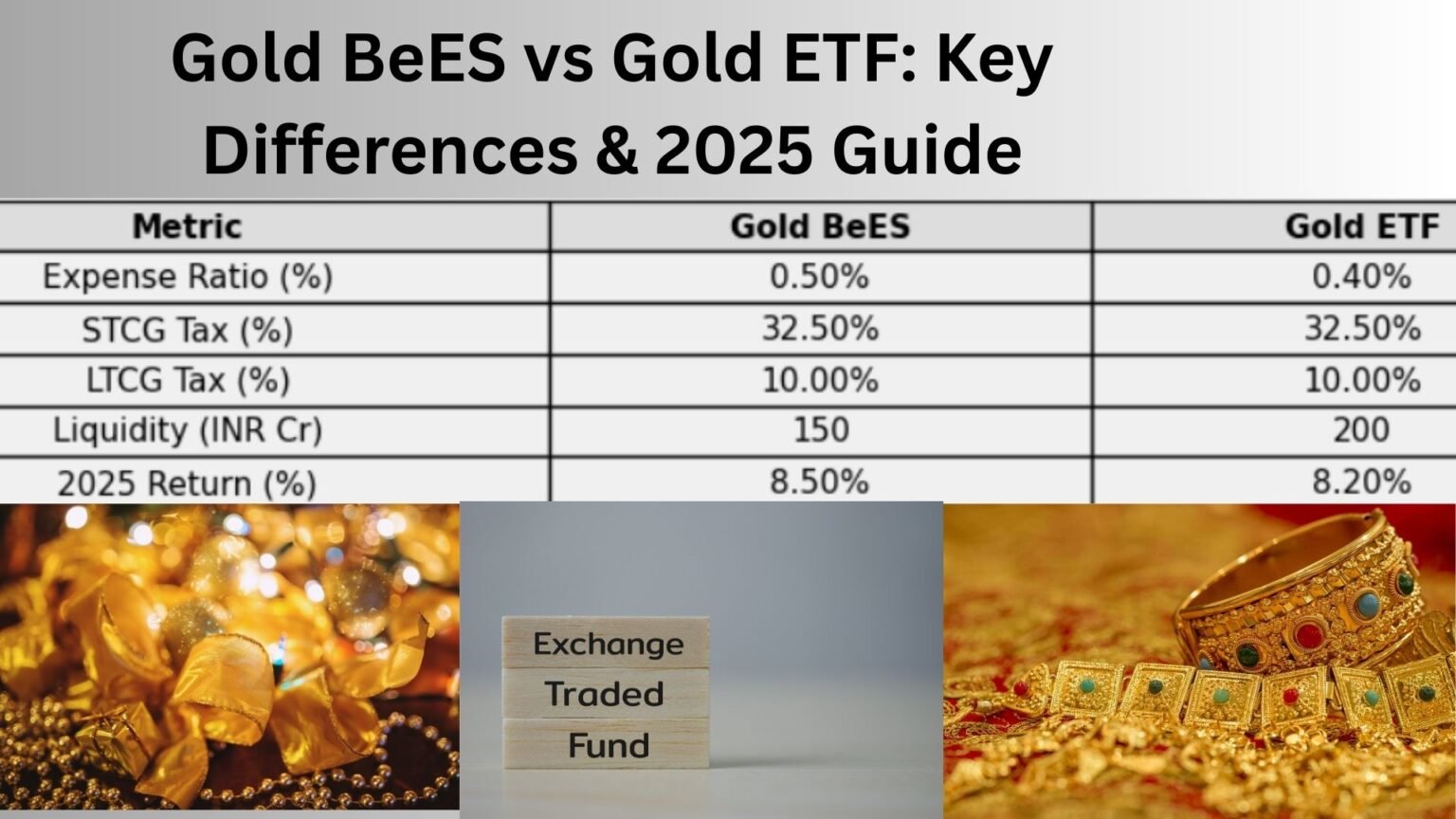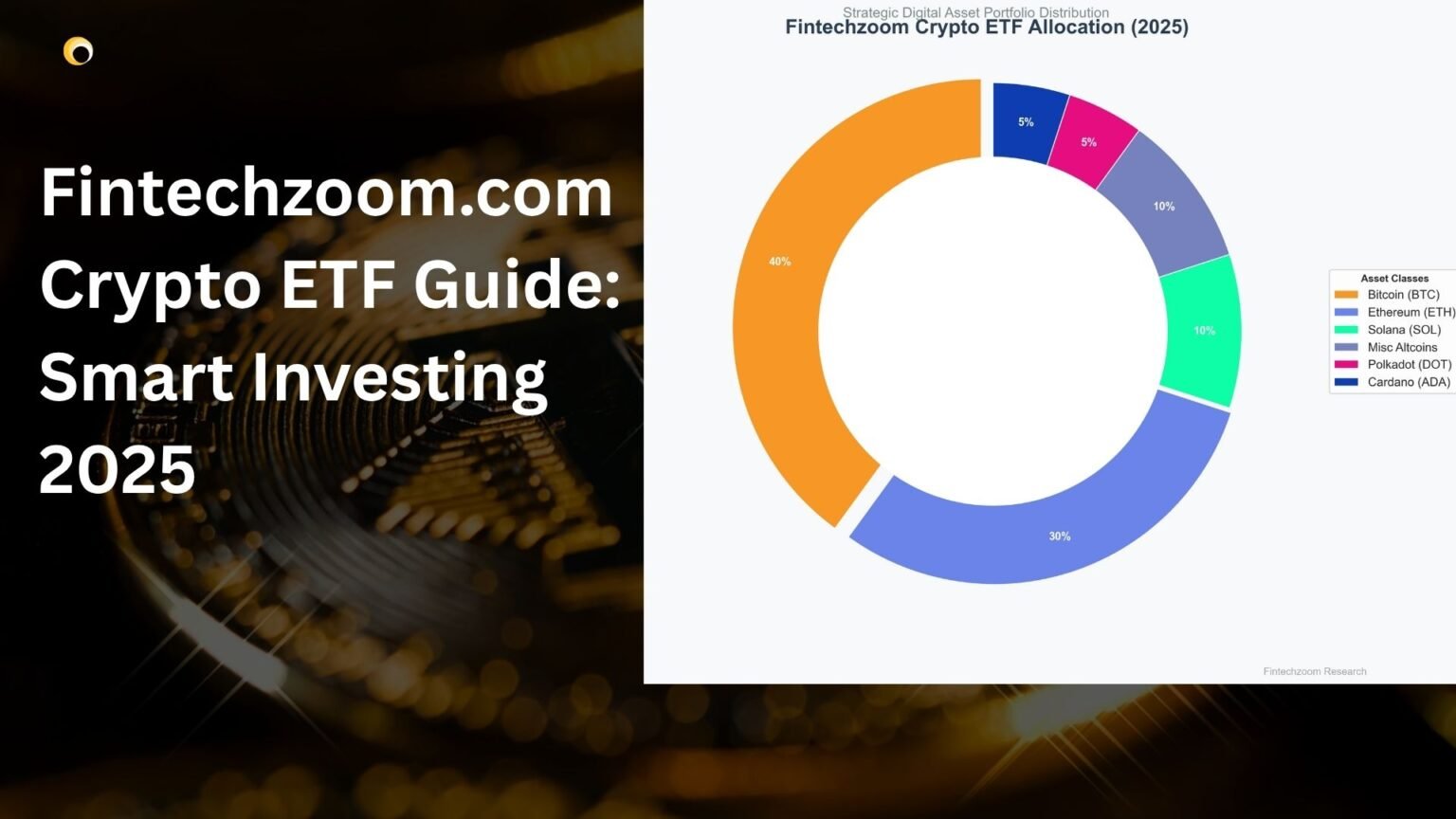Top Leveraged Oil ETFs and Top Crude Oil Funds in 2025
The oil market is vital to the global economy, influenced by supply, world events, and new energy technologies. For investors, Exchange-Traded Funds (ETFs) and Exchange-Traded Notes (ETNs) provide accessible ways to invest in oil prices or energy companies without the complexities of trading commodities directly.
This guide offers a comprehensive look at the best leveraged oil ETFs and crude oil funds for 2025, explaining their features, performance, risks, and suitability for different investment strategies.
Understanding Leveraged Oil ETFs and Crude Oil Funds
Leveraged Oil ETNs and ETFs
Leveraged oil ETFs and ETNs use financial derivatives and debt to amplify the daily returns of an underlying index, typically by a factor of two (2x) or three (3x). These are designed for short-term traders aiming to capitalize on daily price movements in oil-related indices.
For instance, a 3x leveraged ETF aims to deliver three times the daily return of its benchmark. A 1% increase in the index could result in a 3% gain for the ETF (and vice-versa for losses). This leverage magnifies losses, making these products extremely volatile. Due to their daily reset mechanism, they are generally unsuitable for long-term holding.
Crude Oil Funds
Crude oil funds are non-leveraged ETFs that either track oil futures contracts or invest in companies involved in oil exploration, production, and refining. These funds offer a way to invest in the oil market with less direct risk than leveraged products, making them more suitable for long-term strategies or portfolio diversification.
Examples include funds focused on oil futures, like the United States Oil Fund LP (USO), and those holding a basket of energy companies, like the Energy Select Sector SPDR Fund (XLE).
Also Read: Single Stock ETFs List: Leveraged & Inverse Options
Top Funds & ETFs for 2025
Top Leveraged Oil ETFs
This list features top 2025 leveraged oil ETFs and ETNs, selected based on theme, liquidity, and market relevance. These are high-risk instruments intended for sophisticated traders.
| ETF/ETN Name | Ticker | Leverage | AUM | Index Followed |
|---|---|---|---|---|
| MicroSectors Oil & Gas E&P 3X Leveraged ETN | OILU | 3x | $29.15M | Solactive MicroSectors Oil & Gas E&P Index |
| ProShares Ultra Oil & Gas ETF | DIG | 2x | $64.73M | Dow Jones U.S. Oil & Gas Index |
| Direxion Daily S&P Oil & Gas E&P Bull 2X | GUSH | 2x | $222.07M | S&P Oil & Gas E&P Select Industry Index |
1. MicroSectors Oil & Gas E&P 3X Leveraged ETN (OILU)
OILU is an ETN designed to provide 3x the daily returns of an index of U.S. oil and gas exploration and production companies. As an ETN, it represents a debt instrument from Bank of Montreal, carrying counterparty risk.
- Performance (YTD as of July 2025): -24.29%. This highlights the extreme risk of 3x leverage in a volatile market.
- Risks: High leverage magnifies losses. The daily reset can cause performance to deviate significantly from the index over time. Best for active, short-term traders.
2. ProShares Ultra Oil & Gas ETF (DIG)
DIG seeks to provide 2x the daily performance of the Dow Jones U.S. Oil & Gas Index, which includes giants like ExxonMobil and Chevron. As an ETF, it holds underlying assets, which is a more traditional structure than an ETN.
- Performance (YTD as of July 2025): -10.20%. Reflects the challenges in the energy sector.
- Risks: A short-term trading tool. Performance can diverge from the index due to compounding effects. Suitable for traders with high risk tolerance.
3. Direxion Daily S&P Oil and Gas E&P Bull 2X Shares (GUSH)
GUSH aims for 2x the daily return of the S&P Oil & Gas Exploration & Production Select Industry Index. With higher AUM, it offers better liquidity for traders.
- Performance (YTD as of July 2025): -19.58%. Shows significant volatility tied to exploration activities.
- Risks: Intended for short-term trades only. Long-term holding can lead to performance decay due to the daily leverage reset.
Best Crude Oil Funds
For investors seeking stable, long-term exposure to the oil industry, these unleveraged funds offer diversified options through company stocks or direct futures exposure.
| ETF Name | Ticker | AUM | Focus Area |
|---|---|---|---|
| Energy Select Sector SPDR Fund | XLE | $26.27B | S&P 500 Energy Companies |
| Vanguard Energy ETF | VDE | $8.1B | Broad U.S. Energy Market |
| iShares Global Energy ETF | IXC | $1.66B | Global Energy Companies |
| iShares U.S. Oil Equipment & Services ETF | IEZ | $110.37M | Oil Equipment & Services Sector |
| United States Oil Fund LP | USO | $907.01M | Crude Oil Futures (WTI) |
1. Energy Select Sector SPDR Fund (XLE)
XLE is the largest and most liquid energy ETF, tracking S&P 500 energy giants. Its low cost and diversification within the sector make it a cornerstone for long-term energy investors.
- Performance (YTD as of July 2025): -2.38%. Relatively stable performance in a challenging market.
- Risks: Subject to oil price fluctuations, regulatory changes, and geopolitical events.
2. Vanguard Energy ETF (VDE)
VDE provides broad exposure to the U.S. energy market, including small, mid, and large-cap companies, at a very low cost. It offers a diversified mix of oil, gas, and consumable fuels businesses.
- Performance (YTD as of July 2025): -2.56%. Demonstrates conservative, steady performance.
- Risks: Includes smaller firms, which can add volatility compared to large-cap-only funds like XLE.
3. iShares Global Energy ETF (IXC)
IXC offers exposure to global energy companies, reducing dependency on the U.S. market and providing geographic diversification.
- Performance (YTD as of July 2025): -2.38%. Reflects global challenges in the energy sector.
- Risks: Subject to currency fluctuations and international political risks.
4. iShares U.S. Oil Equipment & Services ETF (IEZ)
IEZ offers concentrated exposure to companies that provide drilling equipment and services. These firms benefit directly from increased exploration and production activity.
- Performance (YTD as of July 2025): -15.40%. Shows the cyclical nature of the oil services industry.
- Risks: Highly sensitive to oil market volatility, as demand for services falls sharply during price downturns.
5. United States Oil Fund LP (USO)
USO provides direct exposure to crude oil price movements by investing in near-month WTI crude oil futures contracts. It is structured as a commodity pool.
- Performance (YTD as of July 2025): -4.39%. Performance is impacted by the structure of the futures market.
- Risks: Exposed to futures market dynamics like contango and backwardation, which can cause its returns to diverge from spot oil prices.
Visual Comparison Charts
Assets Under Management (AUM) Comparison
This chart compares the AUM of the selected funds, highlighting the scale and investor interest in each. Non-leveraged funds like XLE dominate in size.
Year-to-Date (YTD) Performance Comparison (as of July 2025)
This chart visualizes the YTD returns, clearly showing the higher volatility and potential for significant losses in leveraged products compared to their non-leveraged counterparts.
Choosing the Right Investment
For Short-Term Traders
Leveraged ETFs like GUSH, DIG, and OILU are designed for traders with a strong bullish view on short-term oil price movements. These products require active management and a high tolerance for risk due to their daily reset mechanism and extreme price swings.
For Long-Term Investors
Non-leveraged funds such as XLE, VDE, IXC, IEZ, and USO are more appropriate for investors seeking steady, long-term exposure. They offer diversification and lower risk. Investors should consider their desired exposure (e.g., exploration vs. services, U.S. vs. global) when selecting a fund.
Risk Considerations
Leveraged ETFs/ETNs: The daily reset can lead to performance decay, especially in volatile markets. Leverage amplifies both gains and losses, making these products unsuitable for buy-and-hold strategies.
Non-Leveraged Funds: These are still subject to oil price volatility, geopolitical risks, and regulatory changes. Funds like USO face additional risks from futures market structures (contango), which can erode returns.
Market Forces: Actions by OPEC, shifts in global demand, supply disruptions, and political instability can significantly impact the performance of all oil-related funds.
Conclusion
The oil market offers a diverse range of investment opportunities through ETFs and ETNs. Aggressive, short-term traders might find leveraged products like OILU, DIG, and GUSH appealing, provided they can manage the associated risks. Meanwhile, long-term investors can gain stable exposure through non-leveraged funds like XLE, VDE, and USO.
Before investing, it is crucial to assess your risk tolerance, investment horizon, and market outlook. Always conduct thorough research and consider consulting a financial advisor to align your investments with your financial goals.






